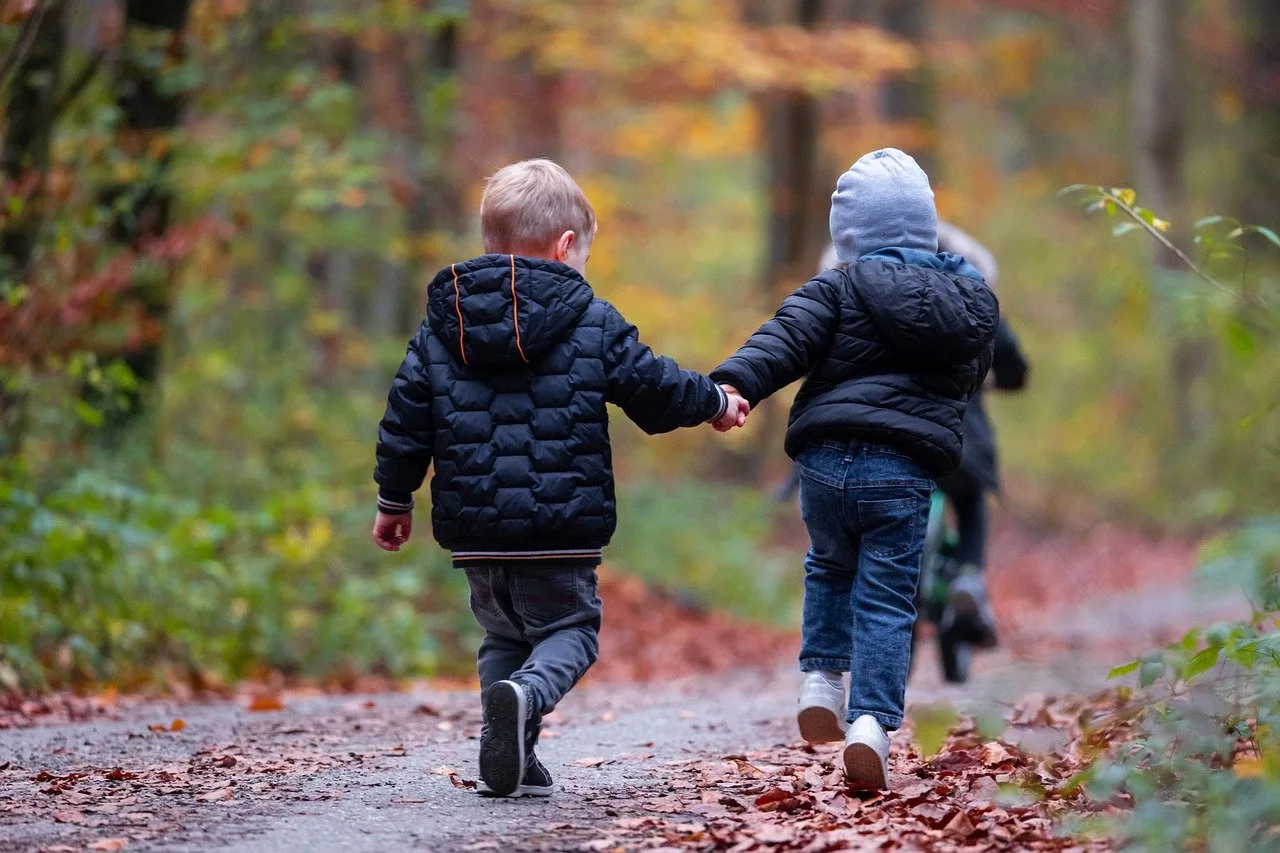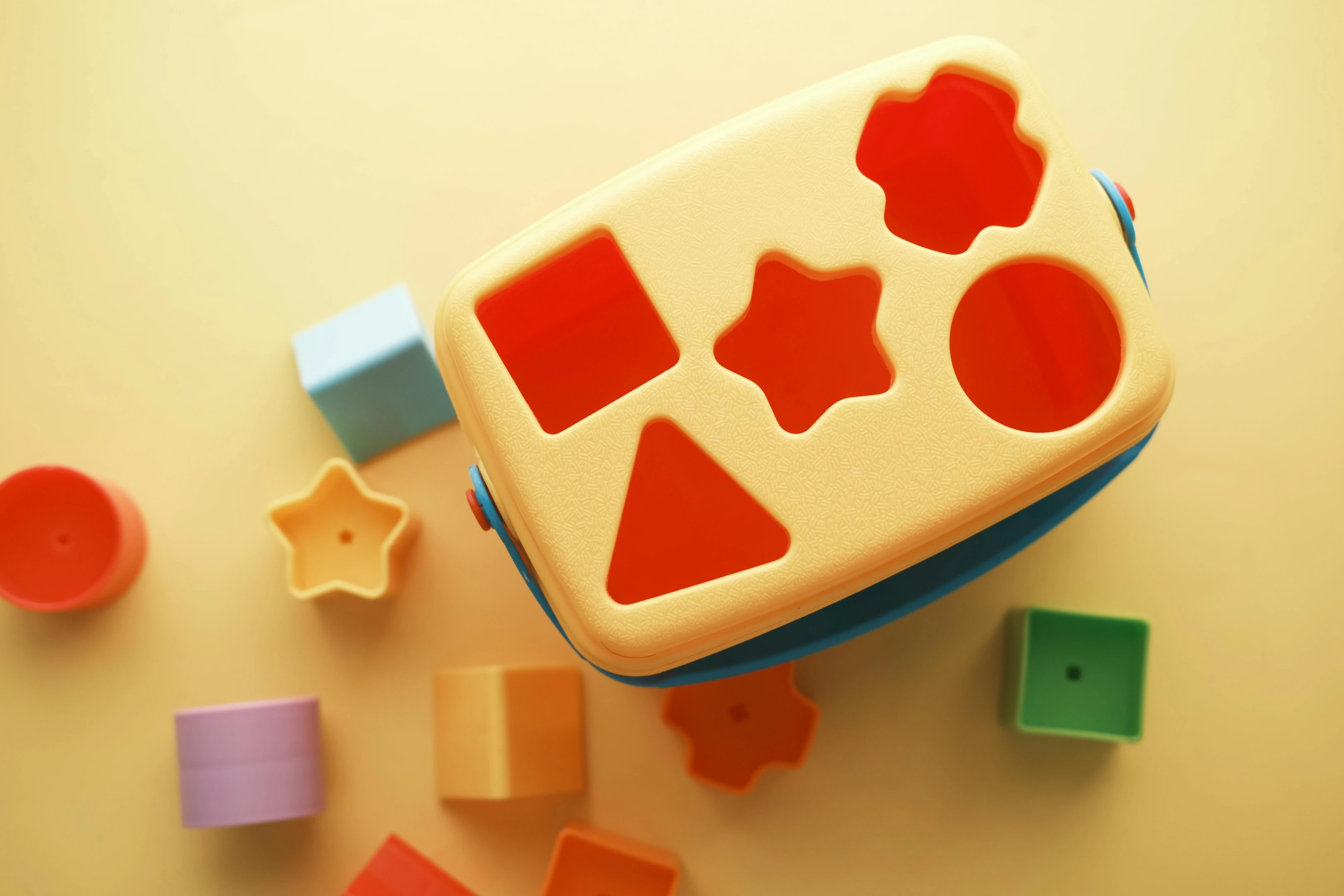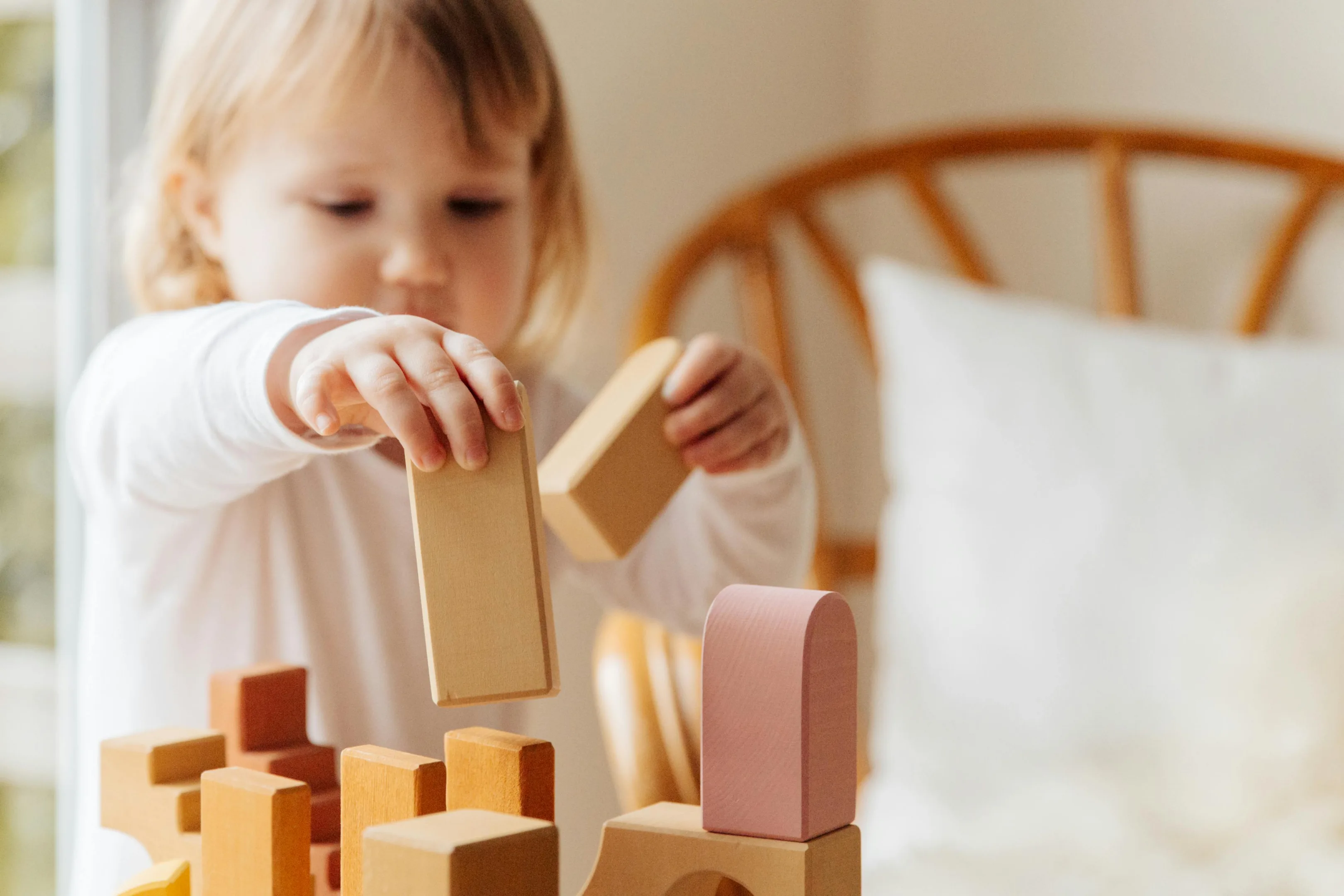
Learning shapes in preschool is important because it helps children to identify and organize visual information. Being able to sort and match items like shapes is a good foundation for learning in other curriculum areas later on, including reading, mathematics, and science. Being able to identify shapes is an early step in beginning to discriminate one letter or number from another.
Luckily, shapes are everywhere so there are plenty of incidental opportunities to teach shapes–their names and properties without starting formal learning.
Rather than learning by rote with flashcards or pre-made plastic shapes, follow the shapes activities below to help your pre-schoolers learn the names of shapes more naturally. There are shapes all around us and learning through first-hand, real-life activities is always the best way to learn. When children have a real purpose in their learning, they will be more motivated and better able to remember what they have learned.
Most preschools start by learning the basic 2D shapes: circle, square, triangle, and rectangle, but don’t be afraid to introduce your preschoolers to 3D shapes too. Pre-schoolers can begin to recognize shapes like cubes, spheres, and pyramids, as long as they have repeated opportunities to hear those names. The earlier children are introduced to this vocabulary in a real-life context, the better.
Have fun teaching shapes by following the shape activities below:
1. Get Outdoors

The natural outdoor environment is bursting with different shapes. Nature is full of patterns just waiting for your children to discover. When you are outdoors, talk to your pre-schoolers about all the shapes you can see around you. Follow their lead and look together using magnifiers. Talk about the shapes you can see in natural objects like leaves, spiders’ webs, flowers, berries, tree trunks, birds’ nests, clouds, and if you can see it, the moon.
Introduce new vocabulary like round, flat, pointy, star-shaped, crescent, circles, long, thin, short, fat, corners, triangles, and any other shape-related words that you come across as you explore together.
You can follow this up indoors by painting and printing with leaf shapes and by looking closely at the patterns and shapes that the veins on leaves make.
2. Snails
Collect a couple of snails and put them on a tray with some twigs and leaves. Use a water misting spray to make sure they don’t dry out. Give your pre-schoolers some magnifiers and encourage them to look closely at the patterns on the snail shells. If the children are reluctant at first, allow them to watch at a distance until they feel confident enough to touch the snails. Encourage them to gently trace the spiral shapes with their fingers.
Introduce shape-related words like spirals, circles, rounds, spheres, and curves. Make sure you encourage the children to return the snails to their natural habitat after this activity.
You can follow this activity up indoors by encouraging the children to paint and draw snail spirals.
3. Shape Sorter

There are lots of plastic, pre-made shape sorting activities for pre-schoolers, but I prefer this matching shape activity. With the children, collect plenty of natural objects like conkers pine cones, small log circles, pebbles and feathers.
Ask the children to sort them into piles. As you are sorting them together, introduce words like round, smooth, circle, sphere, curved sharp, and pointy.
Place two pieces of guttering on a slant and put a container at the bottom of each shoot.
Ask your preschoolers to sort the natural shapes by posting them down the shoots into the containers. You could have one shoot for curved objects and one shoot for sharp objects. Depending on what the children are sorting, you might come up with another criteria. Pre-schoolers love to post objects and will spend ages doing this. Preschoolers love this fun shapes game so much that they will learn about shape properties without even realizing it.
4. Rotations
Many preschoolers are often fascinated by things that rotate so this is perfect for capturing their attention. Together, collect sycamore seed pods and hold them up high, letting them swirl and twirl down to the ground.
Use words like twirling, spinning, spiraling, going in circles, rotating, and twisting.
The children don’t have to understand all these words, but just hearing them will lay the foundations to build on later. Real-life activities like this one help children explore shapes and understand how they work in the real world.
5. Shape Walk
Going on a shape walk is one of the most fun preschool shape activities! While you are outdoors, go on a walk together to find as many shapes in your environment as you can.
For some children who don’t yet know the names of basic shapes, a visual aid will be useful. I like to use a set of shape cards stuck onto lollipop sticks to show them so that they know which shape they are looking for.
To further develop shape recognition, talk about shapes together before you go looking:
Look at this circle. It goes all the way around and is curved.
Look out for steering wheels, car wheels, bike wheels, doorbells, and satellite dishes.
Look at this rectangle. It’s got two long straight sides, one, two three four corners and two short sides.
Look out for tiles, windows, bricks, fence panels, gates, and car windows.
Also notice shapes like stars, ovals, hearts, and diamonds.
6. Shape Books
There are many great books available for introducing pre-schoolers to shapes. Here are a few of my favorites for young children:
Simon Sock by Sue Henri and Paul Linnet.
This is the story of a sock that wants to get paired with a partner sock. It introduces all kinds of patterns and vocabulary linked to shapes. It is colorful and engaging, perfect for pre-schoolers.
The Perfect Fit by Naomi Jones.
This book has clear illustrations and is the story of a little triangle trying to fit in with the other shapes in the story. It’s a lovely book to help children remember the names of shapes, as the shapes are all given different characters. There is plenty of shape vocabulary in this book, too, including corners, edges, and curves.
7. Shape Mats
Using shapes as a regular part of your daily routine is a great way to explore shapes and help children learn their names, without putting any pressure on them. Shape mats can be very useful here. Try using a set of mats for the children to sit on at get-together times. There are lots of shape mats available to buy, but I’ve also seen offcuts of carpet cut into shapes used just as well for a fraction of the cost.
Start by laying the mats in a circle and talking about the shapes. At first, you might want to introduce one shape at a time. For example, only use circles for a few days, then gradually introduce the other shapes, one at a time.
When the children are confidently naming them, encourage them to collect their shape mats. Repetition is the key here.
8. Snack Time
Meal time or snack time is a perfect way to introduce your preschoolers to shape as a natural part of their routine.
Snack mats can be laid on the table before the children’s snack or lunch arrives. You can make different-shaped mats by laminating colored cards in rectangle or circle shapes. Or why not get the children to stick different shapes onto a piece of rectangular card while waiting for their food to arrive? They can talk about all the different colorful shapes on their mat.
When the food arrives, give the children a choice of two shapes:
Would you like a triangle sandwich or a square sandwich?
Would you like a circle of banana or a square of cheese?
Would you like a round muffin or a rectangle toast?
There’s no need to worry about using 3D shape names either:
Would you like a cube of cheese or some grape spheres?
Would you like a cube of melon or a cylinder cheese straw?
9. Block Play

A good set of good quality wooden blocks is one of the best resources you can have in pre-school. The opportunities for incidental shape recognition as the children play are endless.
A good set of blocks should include plenty of cylinders, cuboids, cubes, and pyramids.
Make sure there is plenty of floor space for the children to play and then simply play alongside them, providing and modeling lots of shape language.
There are many different stages of block play, and most pre-schoolers are still at the exploratory stage. They may want to just sit and explore the blocks without actually building anything yet and that’s fine.
Other children will start building enclosures or towers up and knocking them down. As they play, talk about the names of the shapes and notice if they are beginning to sort and match shapes. Block play is a good opportunity to introduce the names of 3D shapes incidentally in children’s play.
10. The Sand Tray
The sand tray is full of possibilities to learn shapes. Before you start, always ensure there is a good quantity of sand in the tray.
In dry sand, hide several shapes. These could be plastic, wooden, or laminated cards with pictures of basic preschool shapes. Ask your pre-schoolers to find all the shapes and match them to shape cards.
In wet sand, use wooden sticks or chopsticks to draw shapes in the sand. If you don’t have any sand, no need to worry. You can draw shapes with lots of other different textures.
Try drawing in a tray of shaving foam, glitter, dried rice or lentils, or gloop.
If you have never made gloop before, it’s great fun, and pre-schoolers absolutely love it.
Here’s an easy-to-follow gloop recipe and make it with your pre-schoolers.
11. The Painting Area
At the painting easel, there are plenty of ways to introduce your children to shapes. Prepare some differently shaped paper and let the children choose which shape they would like to paint on.
Try sticking a pre-cut shape onto their paper and asking them to cover the whole of the paper in paint. Pre-schoolers are often at the stage of enclosing the whole of their paper in paint so they really enjoy doing this activity.
When their paper is completely covered, encourage them to slowly peel away the paper to reveal their shape. It’s like magic!
If you liked these activities and would like some more similar ideas, check out this link.
Have fun.
